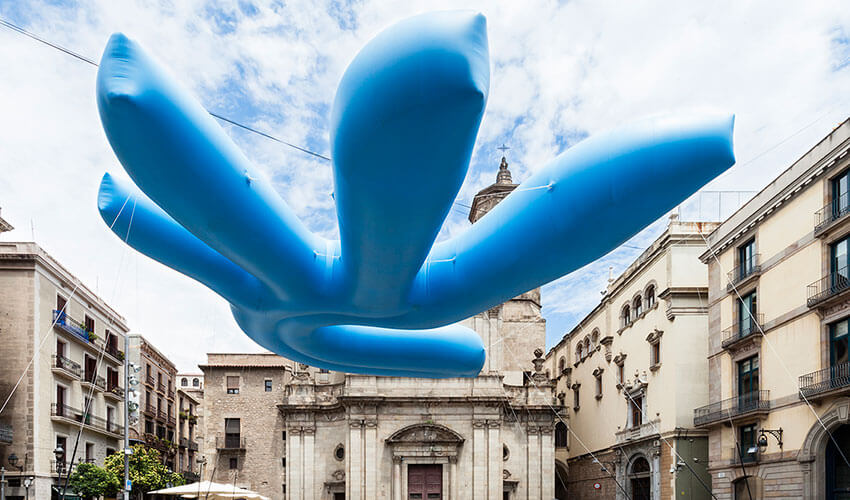Text by CLOT Magazine

Tallinn Architecture Biennale (TAB) is a global architecture and urban development festival taking place in Tallinn, Estonia. Organised by the Estonian Centre for Architecture, it returns for its 5th iteration on September 11th, 2019. TAB aims to create a platform for local and international architects and designers to exchange ideas and build relationships and encourage the general public to participate in the conversation. TAB’s diverse multidisciplinary programme consists of four main events – Curatorial Exhibition, Symposium, Tallinn Vision Competition and Installation Programme, and the TAB Sattelite Programme.
The events and competitions intend to cultivate new thinking and different perspectives and promote experimentation, collaboration, and innovation. Curated by Dr Yael Reisner, this year’s theme, Beauty Matters, highlights the cultural stigma of the term and argues the importance of aesthetic expression in architecture.
For the last century, the term “beauty” has become associated with superficiality, shallowness, and regressiveness, stigmatisation prevalent in almost all facets of our culture. Thus the term has been avoided in all forms of art and architecture for decades. And yet, beauty is inextricably linked with architecture, as it’s impossible to judge architecture without considering its aesthetic expression. With the rise of modernist architecture in the first half of the 20th century, aesthetics gave way as the driving force in design to experimentation with form and material. The new school of thought prioritised efficient design and practicality.
But evolutionary biology suggests that the experience of beauty is paramount to a species’ survival. Our neurological reward mechanisms have evolved in response to the experiences of pleasure, which include beauty, whether we are considering an appetising food or a piece of art. And since pleasure is imperative for human existence, we can’t discount aesthetic experience as unimportant or insignificant, as it’s prevalent on a subconscious level and crucial for the brain’s healthy function.
In our post-digital era, we finally acknowledge the importance of aesthetics in design and architecture. This cultural change comes from recognising the role of the human eye in design, its importance in the artistic process, and people’s innate bias for beauty. Aided by the current advancements in technology and our evolving relationship with digital design, we seek a new variety of beauty, one that is numerous and multifaceted, that celebrates our individuality and diversity. Beauty is no longer a single concept in today’s world, and it matters again.






